Have you ever wondered about moonstone? Is it a real gemstone? Where does it come from? What gives it the shimmering effect? Well, we are going to answer these questions for you.
Moonstone is a beautiful and fascinating gemstone that has mystified people for centuries. With its alluring, pearly glow and mystical aura, it has captured the imaginations of various cultures throughout history. In this article, we'll explore the origin, properties, symbolism, and uses of moonstone.
Origin and History:
Moonstone is a variety of the mineral feldspar, which is often found in volcanic rocks. The gemstone gets its name from its iridescent, moon-like appearance, which is caused by light diffraction within feldspar's crystalline structure. The shimmering effect seen on the surface of moonstone is known as adularescence, a billowy sheen coming from just below the surface of cabochon-cut stones (domes.)
Definition:
The floating, cloud-like, blue to white light inside a gemstone is caused by a phenomenon called adularescence. This effect is created by light diffracting (separating and dispersed) through thin layers of alternating orthoclase and albite crystals within the gemstone.
When the albite crystals are very fine, a blue sheen is produced. However, if the albite crystals are thick, the sheen is white. This happens because the fine orthoclase and albite plates are mixed within each other due to cooling, while the thick plates are not.
The most common types of moonstone are blue, grey, and white, with blue moonstone being the most valuable.
Moonstone has been prized by many cultures throughout history for its beauty and supposed mystical properties. In ancient Rome, it was believed that moonstone was formed from the crystallized rays of the moon and that it could bring good fortune to wearers. In India, it was considered a sacred gemstone that could bring calmness and clarity to the mind.
Physical and Metaphysical Properties:
Moonstone is not only a visually stunning gemstone but also possesses some unique physical and metaphysical properties. It is a soft, fragile stone with a hardness of 6 to 6.5 on the Mohs scale, making it susceptible to scratches. It is not a tough stone either. Toughness in gemology is defined as a gemstones's resistance to chipping or breaking, moonstone's toughness is rated as poor, so if set in a ring, it would not be recommended for everyday wear.
Therefore, it is crucial to handle moonstone with care and as with most gemstones avoid exposing them to heat or sudden temperature changes.
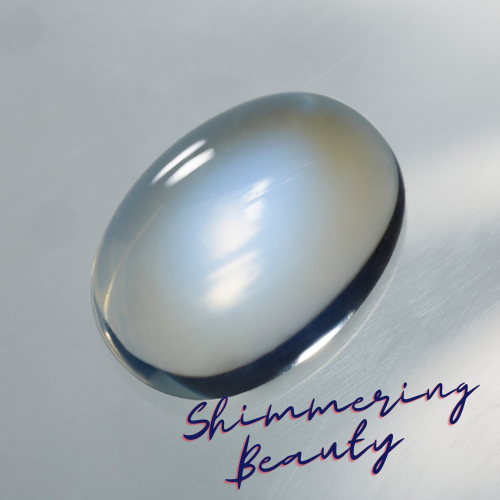
Moonstone is believed to have many metaphysical properties, including calming energy, emotional balance, and intuition. It is said to enhance psychic abilities and promote lucid dreaming. Moonstone is also thought to be a powerful fertility crystal, aiding in conception, pregnancy, and childbirth. It is believed to help alleviate menstrual pain and regulate hormonal imbalances.
Sources:
The finest and most valuable moonstones are translucent white, with a blue surface sheen. Examples of this quality come from Myanmar (Burma, mined out) and Sri Lanka (Ceylon) India and smaller deposits in countries around the world.
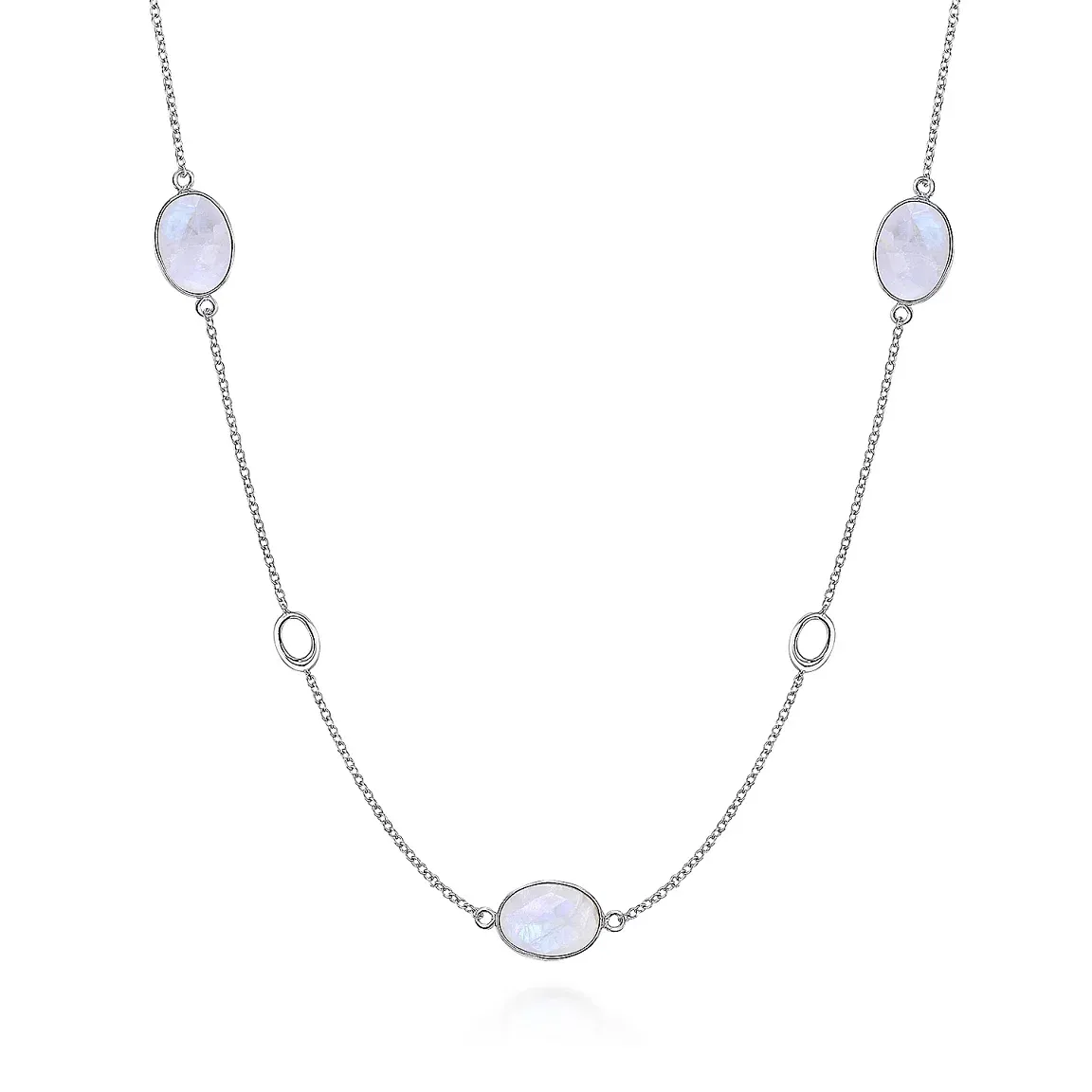
Cat's Eye Moonstone: Cat's eye (a.k.a. chatoyency) is the white line of light the moves across the stone as the stone or the light moves. In some cases, the white line divides which looks like the opening and closing of a cat's eye.
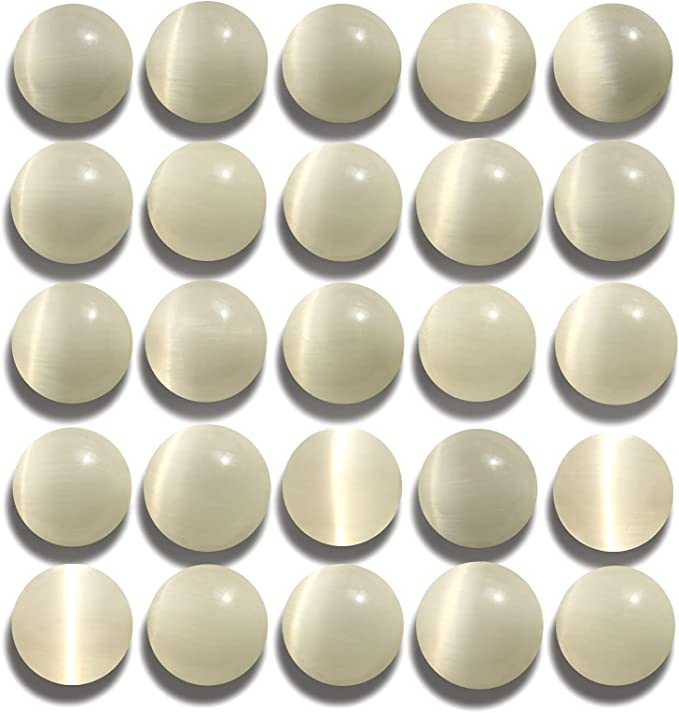
Symbolism:
Moonstone is often associated with feminine energy and intuition, making it a popular gemstone among women. It is also believed to represent new beginnings, inner growth, and emotional healing. In many cultures, moonstone is considered a symbol of the moon and its cycles, which has led to associations with fertility, childbirth, and the fertility cycle.
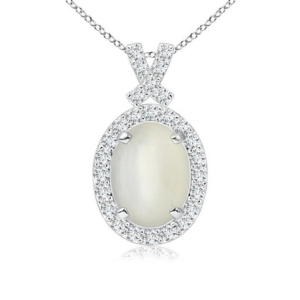
For those lucky enough to have been born in June, moonstone is one of the three designated birthstones, along with with pearls and alexandrite.
Uses:
Moonstone is a versatile gemstone that can be used in a variety of jewelry designs, from delicate earrings to statement necklaces. Its shimmering glow makes it a popular choice for bridal jewelry, especially for bohemian or vintage-inspired weddings.
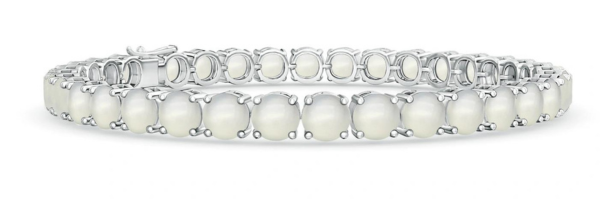
A friend in our team shared a story about a beautiful moonstone ring she saw at the annual Tucson gem show last year. She was attracted to a large and shimmering moonstone but resisted buying it despite going back several times to look at it. Now, she regrets not buying it and wishes she had not resisted its beauty.
Aside from jewelry making, moonstone has other practical applications. It is sometimes used in the construction industry as a decorative stone for walls, floors, and countertops. Additionally, it is believed to have healing properties when placed on certain parts of the body, such as the heart or third eye chakra.
Care and Maintenance:
Moonstone is a delicate stone that requires gentle care to maintain its beauty. To keep your moonstone jewelry looking its best, avoid exposing it to heat, chemicals, or sudden temperature changes. Clean it using a soft cloth and mild soap or jewelry cleaner specifically formulated for delicate gemstones. Avoid using ultrasonic cleaners or steamers, as they can damage the stone.
FAQs
What is moonstone, and how does it differ from other gemstones?
Moonstone belongs to the feldspar group of minerals. This variety features a unique bluish-white sheen that gives it a moon-like billowy appearance. Unlike other gemstones, including most feldspars, it has a white or colorless, translucent to opaque body color and a blue or white adularescence that crosses the surface of the stone.
What are the benefits of wearing moonstone jewelry?
Moonstone is believed to have several therapeutic properties, including promoting inner growth and strength, soothing stress and anxiety, and improving intuition and emotional balance. It is also associated with feminine energy and is said to be particularly beneficial for women.
What are some popular designs for moonstone jewelry?
Moonstone is a versatile gemstone that can be used in many different jewelry designs. Some popular styles include delicate drop earrings, bohemian-inspired pendants, and classic solitaire rings. It also pairs well with other gemstones such as amethyst and aquamarine.
What is a phenomenal gemstone?
A phenomenal gemstone refers to a gem that displays a unique optical effect due to its internal or external structure. Phenomenal gemstones include stones such as opals, which exhibit play-of-color, and asteriated stones like star sapphires, which have a distinctive star-shaped pattern caused by light reflecting off needle-like inclusions within the stone. Moonstone is another example of a phenomenal gemstone, with its characteristic adularescence caused by light scattering off layers within the mineral's structure.
How do I care for my moonstone jewelry?
To care for your moonstone jewelry, avoid exposing it to harsh chemicals or extreme temperatures that can damage the stone. Never clean it in an ultra-sonic or steam cleaner. Clean it regularly with a soft cloth and warm soapy water, and store it separately from other jewelry items to prevent scratching. You can also use the recommended jewelry cleaner below.
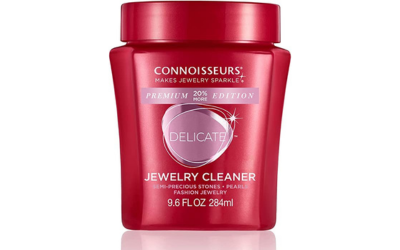
Conclusion:
Moonstone is a captivating gemstone with a rich history, mystical properties, and unique physical characteristics. Its shimmering glow and enchanting aura have made it a popular choice for jewelry making and decorative purposes. Whether you're drawn to moonstone for its beauty or its metaphysical properties, it is an excellent addition to any gemstone collection.
Thank you for dropping by and reading our article. Please sign up and leave any questions or comments you may have below.
Happy Shopping!
Francesca de Granville, G.G. (GIA) F.G.A.
Related Articles you may also enjoy:
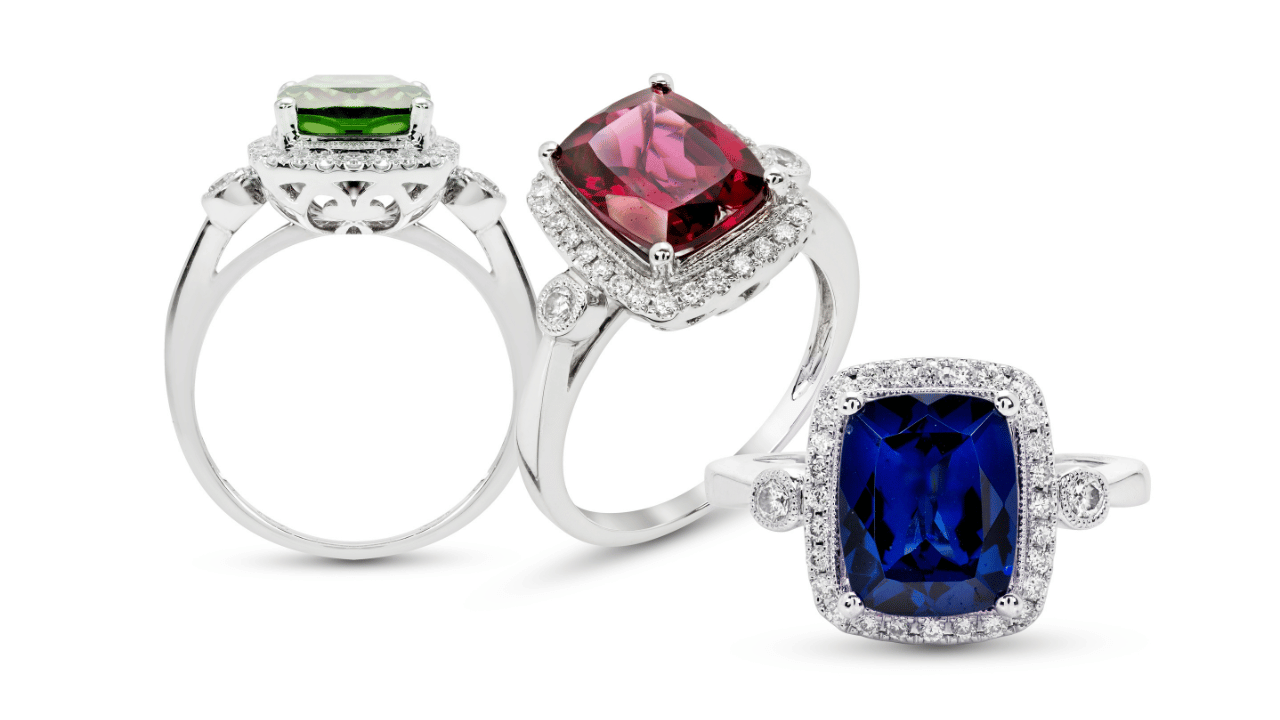

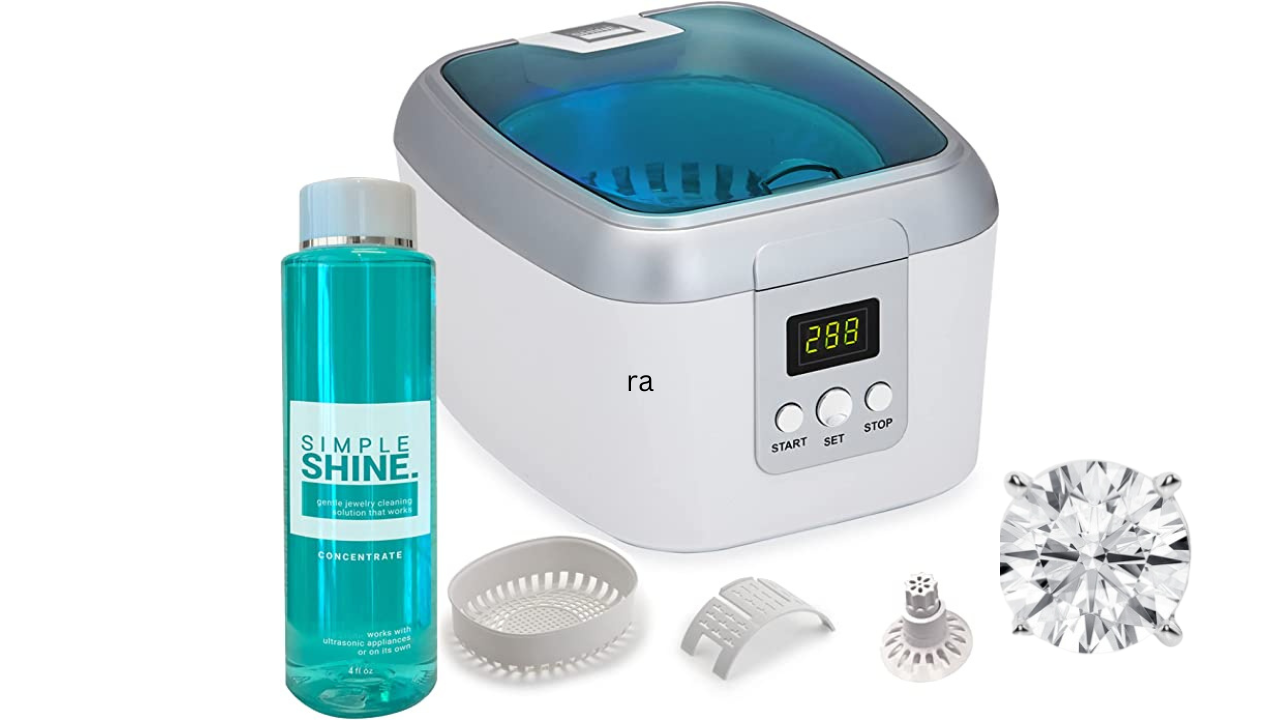


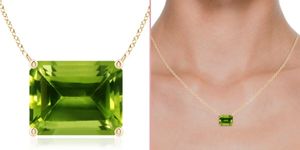
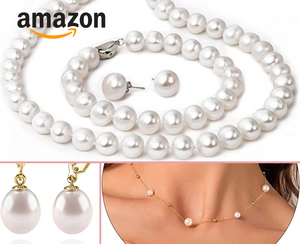
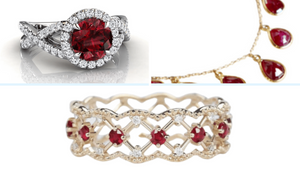


Member discussion